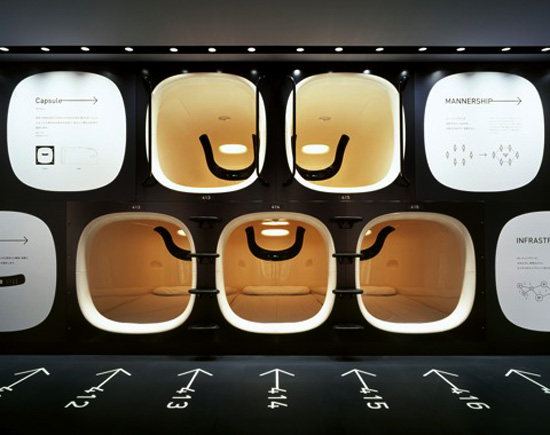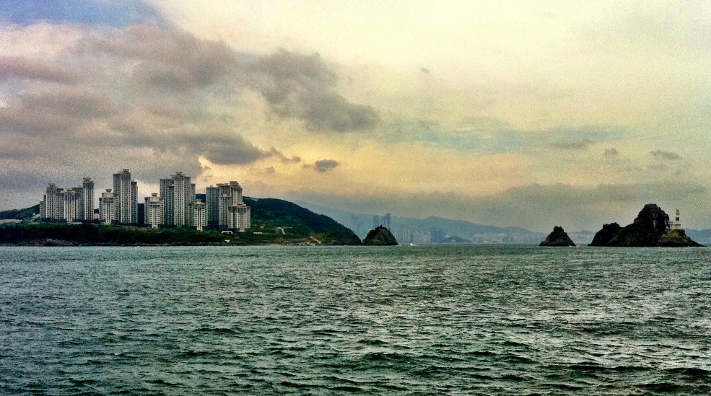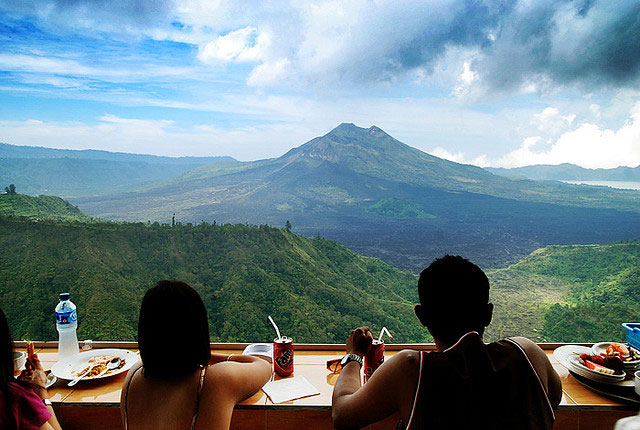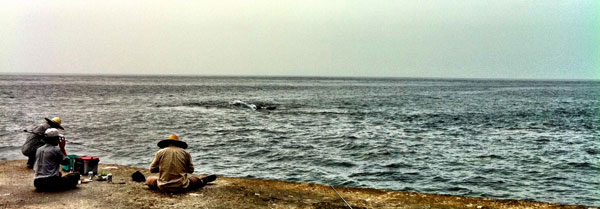Tourism Is Big Business – And It’s Growing

Australia’s tourism industry needs Melbourne to continue drawing people from all over the world, but to spend gold rather than dig for it. Fortunately, it doesn’t seem to have trouble in that department, as it was voted the most livable city in the world in 2011 and 2012.
Australia’s tourism industry is a vital contributor to its economy, as it employs 500,000 people, generates about AU$94 billion worth of revenue and contributes AU$34 billion to the nation’s GDP. Tourism is one of Melbourne’s biggest industries, and it could be said that Melbourne and Sydney are as critical to Australia’s tourism industry as Western Australia is to its mining industry.
China’s economy is burgeoning, its middle class is growing, and its citizens want to exercise their new found spending power. Australia wants to be the place where that spending power is exercised, so appealing to the Chinese tourists is one of the primary goals of the Tourism 2020 initiative. Melbourne and its hospitality industry will play a vital role in accomplishing that.
A diverse environment
Not many places can offer tourists seaside and river recreational activities, or provide high, snowy mountain peaks for skiing and the low, dry Outback for wilderness exploration.
Yet, that is what Melbourne and the state of Victoria have to offer. Luxury yachts cruise along the river, while iconic beaches are only a short trip from the central business district. Hiking trails pass through the forests of the Dandenong Mountains, while the Great Ocean Road, regarded as one of the top ten ocean drives in the world, provides views of famous landmarks such as the 12 Apostles, which are large rock structures off the coast that were formed by natural erosion.
Skiing, sailing, hiking, road trips … there’s not much Melbourne’s tourism industry can’t provide. Melbourne itself is named the “Garden City” for its abundance of tree-lined avenues and parks. In addition to the natural scenery Melbourne also offers plenty of “man-made” attractions, as it is known as the cultural capital of Australia. It boasts the nation’s largest and oldest art gallery, the National Gallery of Victoria, as well as variety of live music and performance venues.
Skill shortages are common
According to Tourism Australia Managing Director Andrew McEvoy, Australia’s cuisine is what many tourists claim to have enjoyed most about the country. Melbourne can take a fair portion of the credit for that, thanks to its ethnic diversity, with Vietnamese, Italian, Lebanese and Spanish included amongst its wide range of cuisines. However, the skills shortages that are hampering Australia’s tourism industry are also being felt in Melbourne’s cafes and restaurants, particularly in the lack of chefs and kitchen staff.
Addressing skill shortages is a priority on Tourism 2020’as agenda, as is upgrading the technological capabilities of the tourism industry, and promoting Australia to Asian tourists. Victoria is making its own contribution by investing AU$8 million in a marketing campaign. China was the largest source of overseas visitors to the state in 2011, and the number of Chinese arrivals is expected to double by 2020.
Encouraging students to embark on hospitality courses and careers in the state is part of Victoria’s efforts to ensure it has the skills necessary to meet the demand. Tourism, in general, is a diverse industry offering a wide range of potential careers and working environments, but Melbourne, in particular, has no shortage of options. Yachts on the river, ski-lodges in the mountains, and bars and restaurants in the city itself; they all need hospitality workers, and they all provide a memorable experience to those who choose to seek opportunity in Victoria’s tourism industry.
Matthew Flax writes for Now Learning, an education portal that promotes a variety of tertiary education opportunities in Australia, including TAFE courses in Victoria (VIC) and undergraduate and postgraduate degrees in New South Wales (NSW) and Tasmania (TAS).







